
At first glance, the Xiaomi 12T Pro somewhat resembles the Xiaomi 12 Pro with almost the same build and size. Aside from some differences in the camera modules, the Xiaomi 12 Pro is slightly thinner and has a curved display at the front.
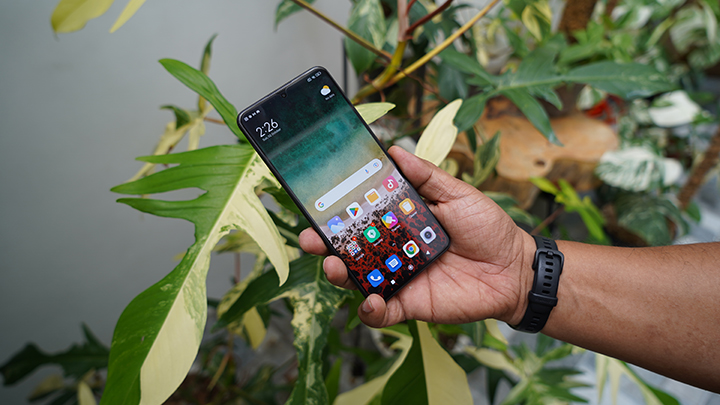
Overall, the device feels a little bit chunky at 8.6mm thick and on the heavier side at 205 grams (218g for the 10T Pro, 204g for the 11T Pro). We’ve used the 10T Pro and 11T Pro before and this is really not any better than the last two in terms of body profile although the 12T Pro is slightly thinner than its predecessor (9.3mm for the 10T Pro, 8.8mm for the 11T Pro).
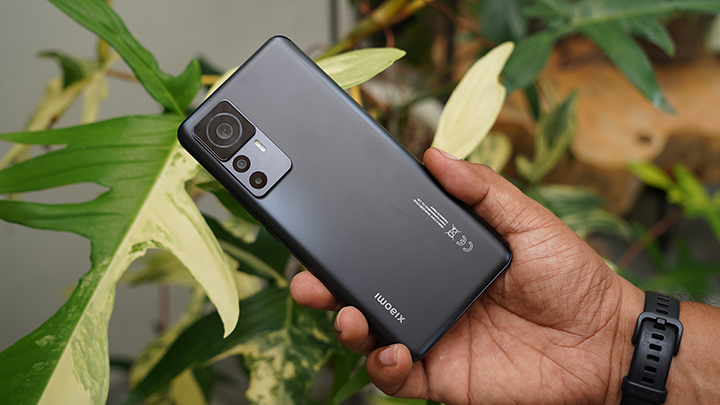
We liked the curved frosted back panel which prevents smudges and fingerprints. So yeah, you get an anti-glare glass back and a Corning Gorilla Glass 5 protection up front. This is better than the glossy back of the previous ones that were easily prone to fingerprint smudges.
Like the 10T Pro and 11T Pro, the Xiaomi 12T Pro has a similar 6.67-inch CrystalRes AMOLED DotDisplay with a 2712×1200 pixel resolution, giving it a 446ppi pixel density.
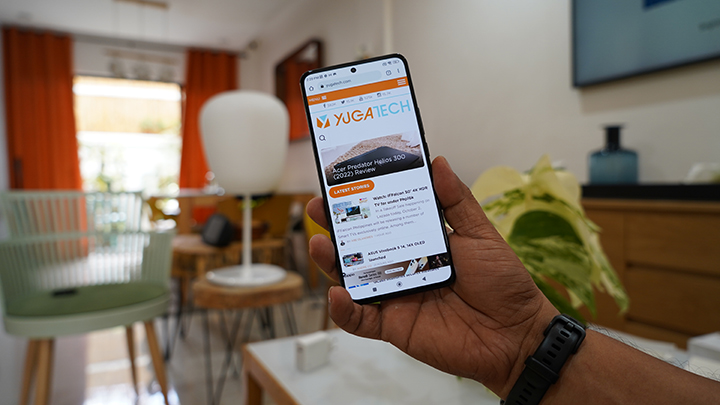
The AdaptiveSync display has a maximum refresh rate of up to 120Hz and up to 480Hz touch sampling rate. It supports Dolby Vision, HDR10+ and an in-screen fingerprint sensor in contrast to the side-mounted on the 10T Pro and 11T Pro. Normal brightness is set at 500nits but peak brightness goes up to 900nits.
The in-display fingerprint sensor also has a special feature as a heart rate monitor although we noticed that the results are not as accurate as say a fitness band or smartwatch.
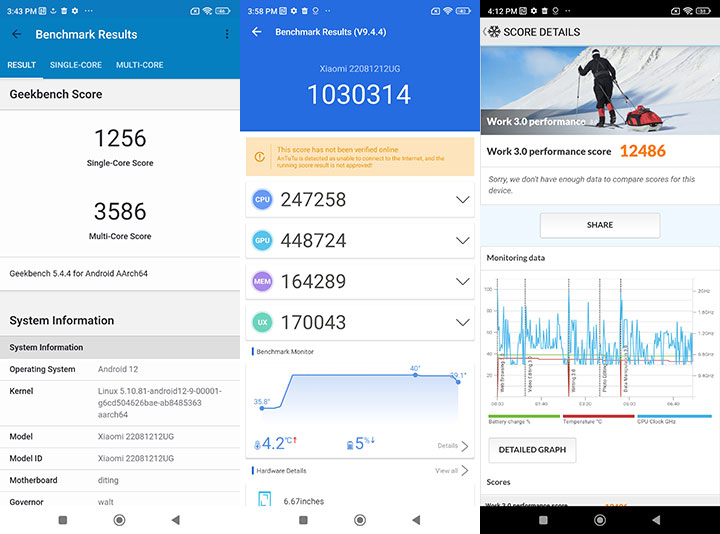
Powering the Xiaomi 12T Pro is the latest Snapdragon 8+ Gen 1 chipset paired with an Adreno 730 GPU. It comes with 8GB or 12GB of LPDDR5 RAM and 128GB or 256GB UFS 3.1 internal storage. Our review unit has the 8GB/256GB combo with an additional 3GB of RAM extension. It runs on MIUI 13 which is based on Android 12.
We got great performance here, especially with gaming. Asphalt 9 was buttery smooth and vibrant. The benchmark results from Antutu, PCMark, GeekBench, and 3D Mark all showed impressive scores. The UFS 3.1 storage is also fast based on read/write speeds.
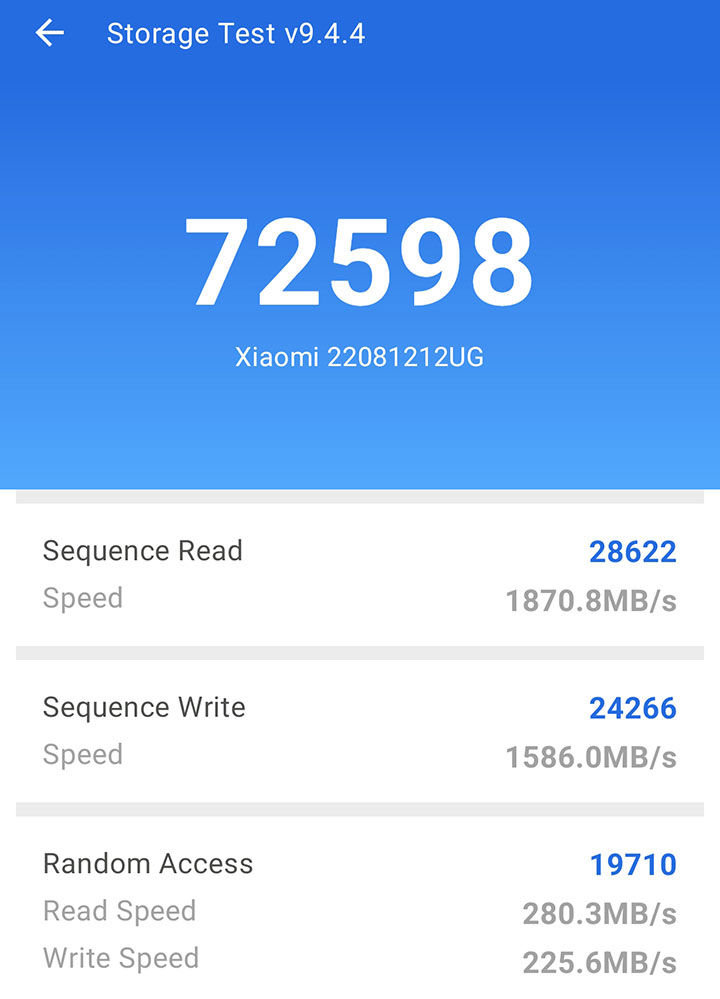
The Xiaomi 12T Pro comes with a triple rear camera at the back that is headlined by a massive 200-megapixel sensor with an f/1.69 aperture, phase-detection auto-focus, and optical image stabilization.
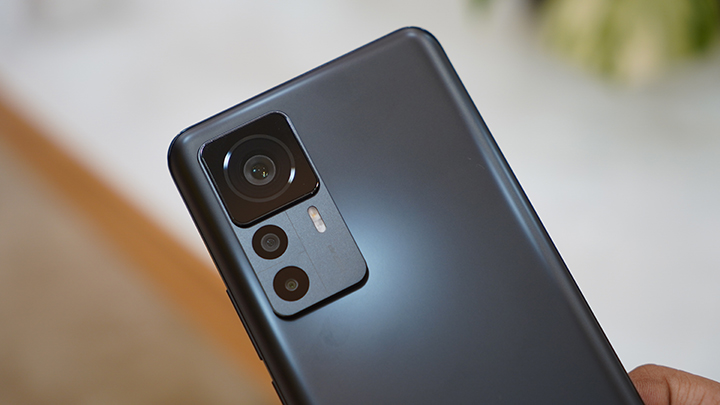
This is the Samsung ISOCELL HP1 sensor which has a 1/1.22″ sensor size with 8P lens, 85-degree field of view and 2x in-sensor zoom.
The main camera features Night mode, Ultra Night Video and Xiaomi ProFocus which enables motion-tracking focus, motion capture and eye-tracking focus.
The second camera is an 8-megapixel ultrawide sensor with an f/2.2 aperture and a 120-degree field of view. The 3rd camera is a 2-megapixel macro lens with f/2.4 aperture. Here are some initial shots we took with the rear camera:
Night mode photos were great with the main camera. Video recording goes up to 8K at 24fps or 4k at 60fps and supports HDR10+ video. Even the Ultra Night Video also showed better-than-expected results.
The front-facing camera has a 20-megapixel sensor with f/2.24 aperture and 78-degree field of view. Still gets good selfies even at night or low-light conditions. In this sample photo, the skin tones are pretty accurate and details are still clear even when you zoom in.

Macro shots look good as well. We can only do 2x optical zoom but extend that to 10x digital zoom when needed. Thanks to the optical image stabilization, zooming in and shooting such small subjects still produce stable shots. We enabled AI in some of the shots here so the saturation on the grass were cranked up a bit.
We only had a few days to test out the camera but we’ll take it out more and see how it holds up to various scenarios. So far, we’re liking the camera on the Xiaomi 12T Pro.
For connectivity, there’s NFC, Bluetooth 5.2, 5G, GPS, WiFi 6, an IR blaster and dual nano-SIM support with no microSD card extension slot.
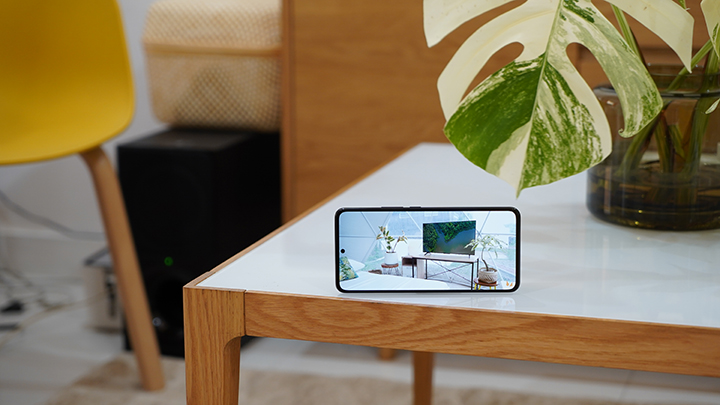
The Xiaomi 12T Pro also features dual speakers with one at the top and another at the bottom, with sound tuned by Harman Kardon and certified by Dolby Atmos.
With a large 5,000mAh Lithium-polymer battery, the Xiaomi 12T Pro certainly lasts close to 2 days of moderate to heavy usage. And with a 120-watt HyperCharge fast charging capability, you can get it fully charged from zero to 100% in just 19 minutes.
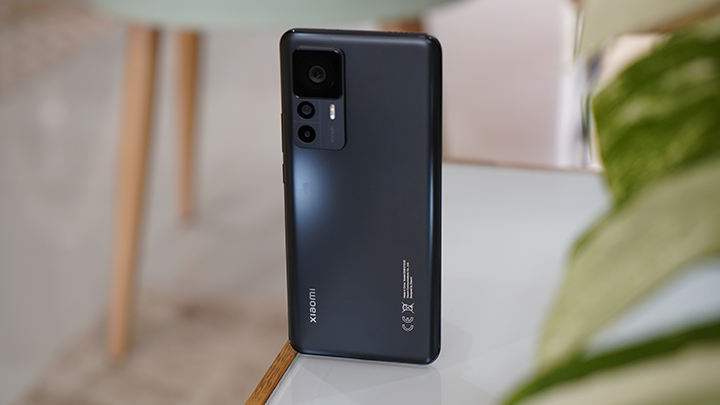
As for battery life, our usual PCMark Battery Test showed really good results in our initial run. PCMark Work 3.0 Battery test showed 12 hours and 14 minutes on a single full charge.
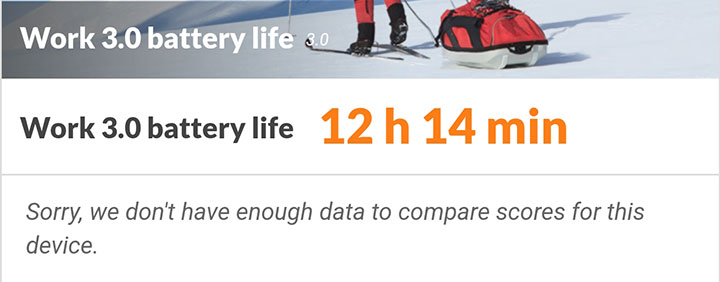
There are a few misses here that we wished Xiaomi included — an IP68 rating, a microSD card slot and wireless charging. Aside from that, the 12T Pro ticked all the right boxes in our check list.
You can also watch our hands-on video below to see more camera capabilities of the Xiaomi 12T Pro.
Xiaomi 12T Pro specs:
6.67-inch CrystalRes AMOLED DotDisplay
20:9, 2712 x 1220ppi pixel, 446ppi
Corning Gorilla Glass 5
Snapdragon 8+ Gen 1 chipset
Adreno 730 GPU
8GB, 12GB LPDDR5
128GB, 256GB UFS 3.1 storage
200MP wide-angle camera
Samsung ISOCELL HP1, OIS
1/1.22″ sensor size
0.64μm 1.28μm 4-in-1 pixel size, 2.56μm 16-in-1 super
f/1.69, 8P lens, 85° FOV
2x in-sensor zoom
8MP ultra-wide angle camera
1/4″ sensor size, 1.12μm pixel size
f/2.2, 120° FOV
2MP macro camera, 1/5″ sensor size, f/2.4
20MP front camera
1/3.47″ sensor size, f/2.24, 78° FOV
Dual Speakers, Harman Kardon
WiFi 6
NFC
Bluetooth 5.2
IR Blaster
In-screen fingerprint scanner
MIUI 13, Android 12
5,000mAh Li-Po battery
120W HyperCharge
Dimensions: 163.1mm x 75.9mm x 8.6mm
Weight: 205 grams
The Xiaomi 12T Pro will come in black, silver and blue colors. Price starts at €749 for the 8GB+128GB variant.

YugaTech.com is the largest and longest-running technology site in the Philippines. Originally established in October 2002, the site was transformed into a full-fledged technology platform in 2005.
How to transfer, withdraw money from PayPal to GCash
Prices of Starlink satellite in the Philippines
Install Google GBox to Huawei smartphones
Pag-IBIG MP2 online application
How to check PhilHealth contributions online
How to find your SIM card serial number
Globe, PLDT, Converge, Sky: Unli fiber internet plans compared
10 biggest games in the Google Play Store
LTO periodic medical exam for 10-year licenses
Netflix codes to unlock hidden TV shows, movies
Apple, Asus, Cherry Mobile, Huawei, LG, Nokia, Oppo, Samsung, Sony, Vivo, Xiaomi, Lenovo, Infinix Mobile, Pocophone, Honor, iPhone, OnePlus, Tecno, Realme, HTC, Gionee, Kata, IQ00, Redmi, Razer, CloudFone, Motorola, Panasonic, TCL, Wiko
Best Android smartphones between PHP 20,000 - 25,000
Smartphones under PHP 10,000 in the Philippines
Smartphones under PHP 12K Philippines
Best smartphones for kids under PHP 7,000
Smartphones under PHP 15,000 in the Philippines
Best Android smartphones between PHP 15,000 - 20,000
Smartphones under PHP 20,000 in the Philippines
Most affordable 5G phones in the Philippines under PHP 20K
5G smartphones in the Philippines under PHP 16K
Smartphone pricelist Philippines 2024
Smartphone pricelist Philippines 2023
Smartphone pricelist Philippines 2022
Smartphone pricelist Philippines 2021
Smartphone pricelist Philippines 2020